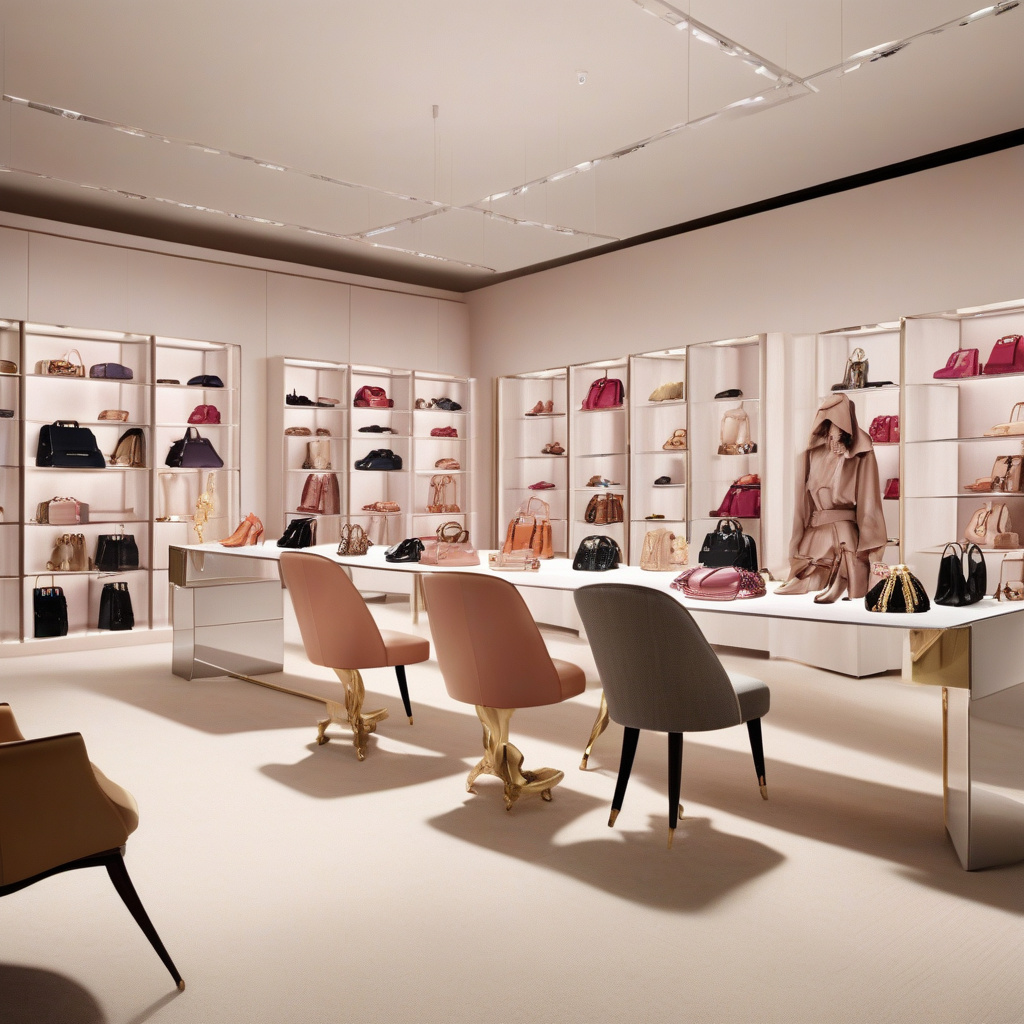How the Kering-L’Oréal Deal Rocked Fashion and Beauty
This week, Kering, the luxury goods conglomerate known for brands like Gucci and Saint Laurent, made headlines by agreeing to sell its beauty division to L’Oréal for an impressive $4.6 billion. This monumental transaction not only represents a significant shift for both companies, but it also sends shockwaves throughout the fashion and beauty industries.
At first glance, the sale seems logical. Kering has primarily focused on high-end fashion, while L’Oréal is a leader in the beauty sector. By offloading its beauty unit, Kering can refocus its resources and investment on expanding its luxury fashion brands. L’Oréal, on the other hand, sees this acquisition as an opportunity to enhance its portfolio with Kering’s established beauty lines, gaining access to a loyal customer base and leveraging Kering’s innovation in product development.
The financial implications of the deal are staggering. L’Oréal’s acquisition not only strengthens its position in the competitive beauty market but also aligns with its strategy to diversify its offerings. With a market capitalization exceeding €200 billion, L’Oréal is already a heavyweight in the industry. This acquisition adds a new layer of depth to its product offerings and will likely lead to increased sales and market share. The beauty unit acquired includes brands that have been successful in both retail and e-commerce channels, thus positioning L’Oréal for greater growth.
However, the ramifications of this deal extend beyond the balance sheets of both companies. The fashion and beauty markets are interconnected, and shifts in one sector often influence the other. Kering’s decision to divest its beauty unit indicates a broader trend where luxury brands are reevaluating their portfolios. Brands may seek to focus on their core competencies, concentrating on fashion while leaving beauty to specialists like L’Oréal. This trend could lead to further consolidation in the beauty industry, as luxury brands look to divest non-core divisions.
Moreover, this transaction highlights a growing trend: the blurring lines between fashion and beauty. As consumers become more discerning, they expect a seamless experience that integrates both categories. This acquisition allows L’Oréal to tap into the luxury consumer market that Kering has cultivated over the years. With Kering’s strong emphasis on sustainability and innovation, L’Oréal can further enhance its own sustainability goals and product offerings, ensuring they remain relevant in an increasingly eco-conscious market.
The deal also raises questions about the future landscape of beauty brands. L’Oréal has a track record of revitalizing brands it acquires, which could lead to exciting new product launches and marketing strategies. For instance, Kering’s beauty unit includes brands that cater to a younger demographic, which fits perfectly with L’Oréal’s current strategy of engaging millennials and Gen Z consumers. The integration of Kering’s beauty assets enables L’Oréal to leverage its extensive distribution channels to reach these segments more effectively.
Additionally, this transaction sets a precedent for future mergers and acquisitions within the retail sector. Companies are recognizing the need to adapt to changing consumer preferences and market dynamics. As seen with the Kering-L’Oréal deal, strategic divestments and acquisitions can provide companies the agility to respond to market demands. This could lead to more companies opting to streamline their operations, focusing on what they do best, while allowing specialists to handle ancillary categories.
The financial markets have reacted positively to the news, with L’Oréal’s shares experiencing a modest uptick following the announcement. Investors are optimistic that the acquisition will lead to increased profitability and market expansion. Conversely, Kering’s stock has remained stable, hinting that investors support the strategic refocus towards luxury fashion.
In conclusion, the Kering-L’Oréal deal is a pivotal moment for both companies and the broader retail landscape. This transaction signifies a strategic shift that may redefine how luxury and beauty brands operate in the modern marketplace. As the lines between fashion and beauty continue to blur, we can expect to see more such collaborations that aim to create a more integrated shopping experience for consumers.
The implications of this deal will likely be felt in various ways, from market consolidation to evolving consumer expectations. Both Kering and L’Oréal are poised to reap the benefits, but it will be the ripple effects of this transaction that will shape the future of the fashion and beauty industries.
#Kering #LOréal #Fashion #Beauty #RetailNews
